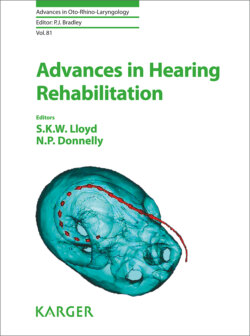Читать книгу Advances in Hearing Rehabilitation - Группа авторов - Страница 23
На сайте Литреса книга снята с продажи.
Optical Coherence Tomography
ОглавлениеOptical Coherence Tomography (OCT) is an emerging interferometric optical imaging technology that provides depth-resolved images of the optical reflectivity of tissue structures [23]. OCT works by splitting light into a reference and sample arm. The sample arm light is directed at the tissue to be imaged, while the reference arm light is reflected back and interfered with light reflecting from the tissue. With a broadband light source, depth-resolved image lines can be obtained along the sample beam either by changing the length of the reference arm in time-domain OCT [24, 25] or by fixing the reference arm length and recording the spectrum of the interfered light in spectral-domain OCT [26]. Alternatively, a narrow-band laser source capable of being swept in time may be used as the source in swept-source OCT [27], in which case the image line can be obtained from the time course of the interferogram.
OCT was first proposed for use in ear imaging by Pitris et al. [24], and, as the technology has advanced, interest has grown in its use as a clinical tool, particularly for imaging of the tympanic membrane [28, 29]. Recently, researchers have explored the potential of OCT for imaging the middle ear through the tympanic membrane as well [25, 26]. OCT is undertaken down the ear canal and can be configured to provide Doppler information about the vibration of ear structures in response to sound. Doppler information has been shown to be useful for diagnosing disorders that are not apparent in purely anatomical OCT images [26].
